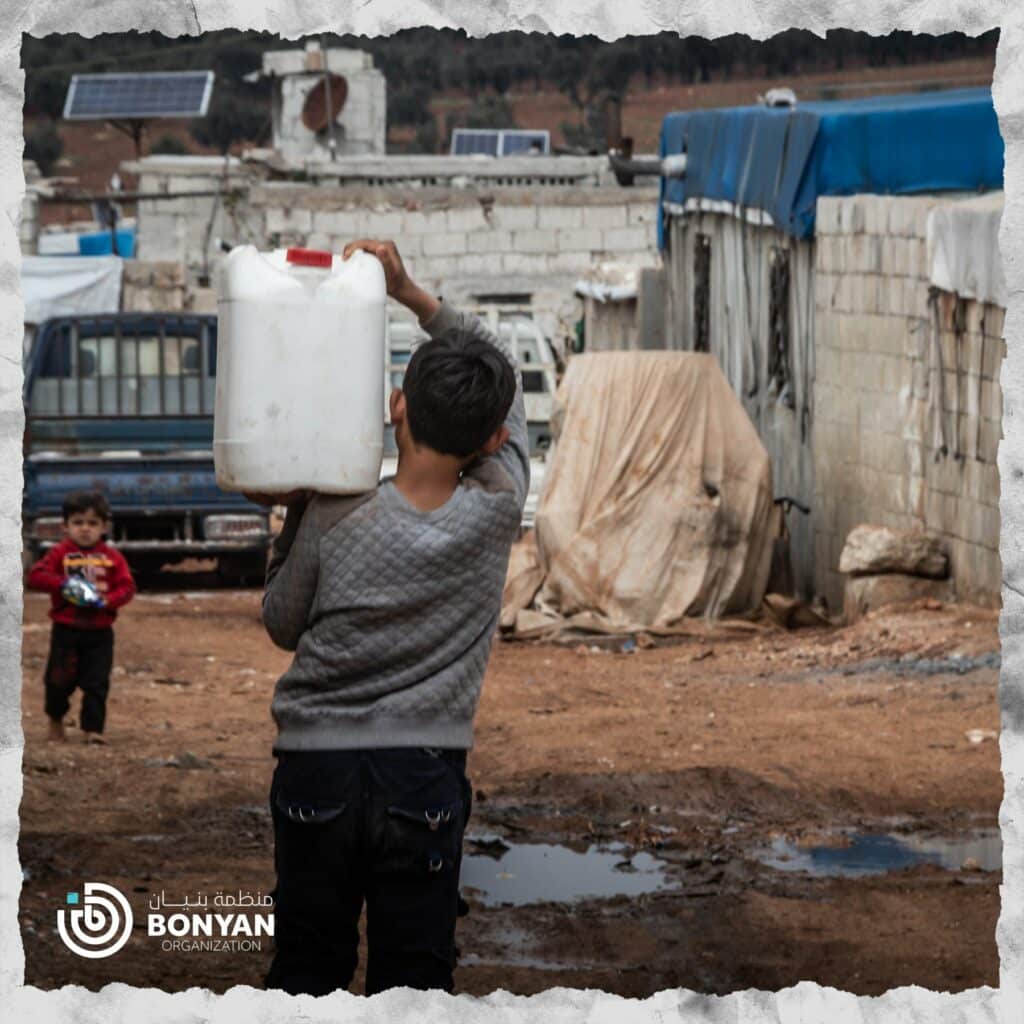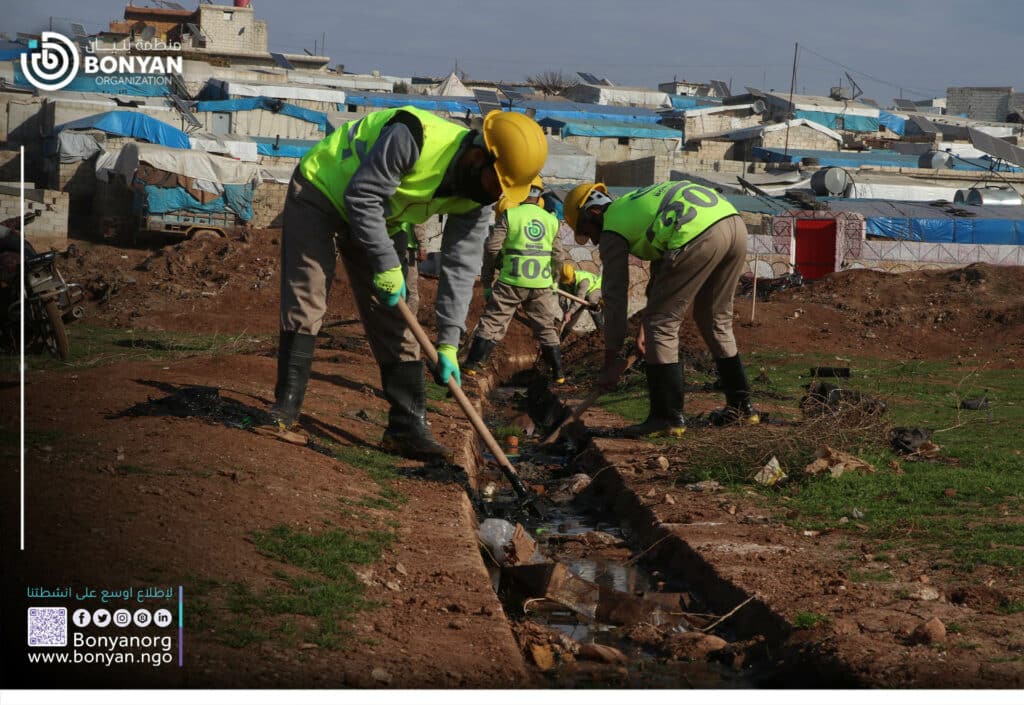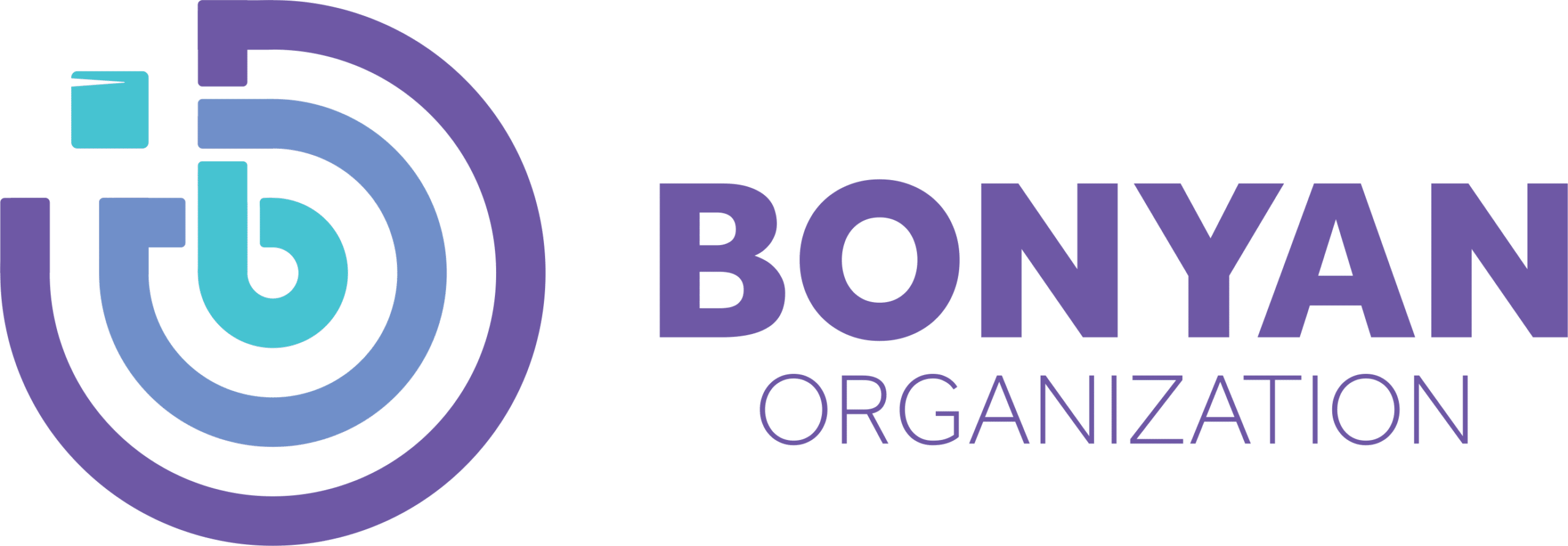Innovative technologies can be effective in delivering humanitarian WASH (water, sanitation, and hygiene) services to refugee areas.
They serve as reliable solutions for water and sanitation issues in refugee camps.
That is, innovative techniques can provide reliable, cost-effective WASH solutions that can immensely improve the well-being and quality of life of such communities.
This article will shed light on some innovative technologies that can be utilized in applying humanitarian WASH services in refugee camps.
Water Filtration Technologies in Humanitarian Emergencies
Water filtration technologies can serve as an effective solution in humanitarian emergencies.
That is, they play a prominent role in humanitarian emergencies by providing access to clean drinking and cooking water to refugee communities.
Using technologically advanced filtration techniques can help provide safe drinking water to those affected by a humanitarian emergency, such as war, natural disaster, or disease outbreak is possible.
This can help to prevent the spread of waterborne illnesses, reduce water-related mortality, and empower people to take control of their health and well-being.
In addition, water filtration technologies can decrease the cost of providing clean drinking water to refugees since the cost of filtration is lower than that of other alternatives, such as bottled water.

Mobile WASH Solutions: The Role of Technology in Delivering Services to Remote Areas
Technology has a critical role to play in delivering WASH services to remote areas.
Technology can be utilized to enhance access to clean water by providing remote communities with access to pumps, filtration systems, and other water treatment techniques.
Technology can also be used to improve the administration of WASH services by monitoring water quality, tracking usage and consumption, and detecting potential water-borne diseases.
Furthermore, technology can be used to provide education and training on proper hygiene and sanitation techniques to remote refugee communities.
The Use of Drones and Other Unmanned Aerial Vehicles (UAVs) in Applying Humanitarian WASH
Drones and UAVs can be used in delivering humanitarian WASH in various ways.
For instance, they can supply clean water to remote, hard-to-reach locations, such as refugee areas affected by natural disasters.
These technologies can also be used to deliver hygiene and sanitation supplies, such as soap, toothbrushes, and other essential items.
Similarly, UAVs can be used to assess the needs of the area for sanitation infrastructure, such as broken pipes, leaking taps, and other infrastructure that needs to be repaired or replaced.
In addition, UAVs can help raise public health awareness of the importance of hygiene practices, such as handwashing, in communities in remote areas.

The Application of Off-grid and Renewable Energy Solutions for Water and Sanitation in Emergencies
Off-grid and renewable energy solutions can play a significant role in the application of water and sanitation in humanitarian emergencies in refugee settings.
These solutions can provide a reliable, renewable, cost-efficient energy source for water pumps, water treatment systems, and sanitation techniques.
Renewable energy can also power mobile desalination units, which can be deployed rapidly to provide safe drinking water during an emergency or a natural disaster.
Renewable energy solutions can also provide a reliable energy source to power water pumps and other systems needed to overcome water scarcity in refugee camps.
Support our efforts at Bonyan Organization and help provide the affected refugee communities with water and sanitation services.
Many of the refugee communities were severely affected by the recent earthquakes.
Therefore, thousands of water and sanitation facilities were damaged.
Help us provide those vulnerable communities with water, a basic necessity for the survival of human beings.
Support our “Provide Clean Water to Syrian Camps” and “Clean Water for ONE Million Refugees – Syria, Yemen, and Gaza” camps and help improve the dignity and well-being of refugees!
You can send your donations at the below links:
- (click here)
- (click here)
Resources
- UNICEF and Denmark announce innovation hub to deliver global water, sanitation, and hygiene solutions.
- Innovative Technology in the Water, Sanitation, and Hygiene (WASH) Sector
FAQ
What are some ideas or technologies out there that clean water?
Some ideas and technologies that can be used to clean water include:
-Filtration systems.
-Ultraviolet (UV) Light Disinfection.
-Nanofiltration.
-Ozonation.
What is the WASH innovation hub?
The WASH innovation hub is an online platform developed to provide resources and support to innovators and entrepreneurs who are working on projects related to water, sanitation, and hygiene (WASH).
How has technology improved sanitation?
Technology has improved sanitation by making it easier to monitor water quality, reduce water contamination, improve waste management, increase access to clean water, and improve hygiene and sanitation methods.
What is sanitation technology?
Sanitation technology is the application of science and engineering principles to the design and operation of systems for the safe and effective disposal of human and animal waste.
Content
- Water Filtration Technologies in Humanitarian Emergencies
- Mobile WASH Solutions: The Role of Technology in Delivering Services to Remote Areas
- The Use of Drones and Other Unmanned Aerial Vehicles (UAVs) in Applying Humanitarian WASH
- The Application of Off-grid and Renewable Energy Solutions for Water and Sanitation in Emergencies
- Resources
- FAQ



